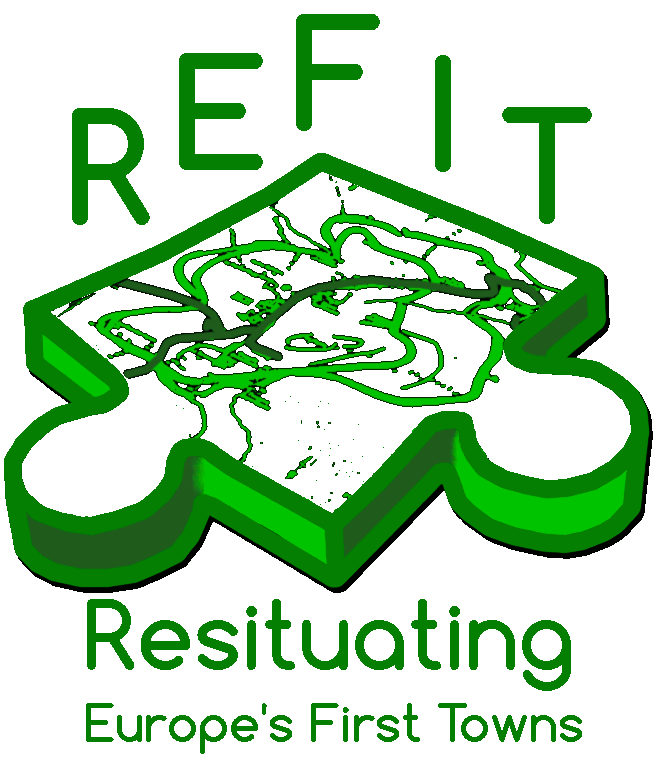
BAGENDON
The oppidum at Bagendon (in Gloucestershire) is represented by a complex set of earthworks which encompass an area of around 200ha. Like many so-called ‘territorial oppida’ in Britain these earthworks do not apparently define a distinct, enclosed area. Previous excavations at the site, in the 1950s and 1980s, revealed evidence of coin minting and industrial activity, alongside significant amounts of Roman imports, dating to the middle of the 1st century AD. This demonstrated that the site was comparable to other territorial oppida in southern Britain, like Verulamium (Herts.) and Camulodunum (Essex), and was probably the social and political centre of the Dobunni people. Situated on the interface between the Cotswold Hills and Thames Valley the site was ideally located to access two very different landscapes and on a route way between south-eastern and western Britain.
Since 2009, a major project, which has included large-scale geophysical survey and excavation, has revealed the site had a more complex history. It has demonstrated that the site had earlier antecedents, represented by a set of unusual enclosures with distinctive agricultural roles. It has also demonstrated the presence of later activity in the Roman periods including a number of villas. Combined, this work indicates that the elements of the Bagendon complex represented an integrated ‘landscape’ rather than a single ‘site’, probably involving the corralling of people and livestock at important times of year.
Today the Bagendon landscape is relatively typical of the Cotswolds, located around a sleepy rural village. The area is owned by a multitude of landowners and home to arable and sheep farming, horse rearing and a variety of country pursuits.
Further reading:
Bagendon Project website. This outlines results on the recent field project (this includes links to downloadable publications): www.bagendonproject.org
Moore, T. 2014. The birth of a capital? Bagendon 'Oppidum' and the impact of Rome on the British countryside. In The Impact of Rome on the British Countryside: a conference organised by the RAI, Chester, 11-13 October 2013. Breeze, D. The Royal Archaeological Institute. 26-30.
Moore, T. 2012. Beyond the Oppida: Polyfocal Complexes and Late Iron Age Societies in Southern Britain. Oxford Journal of Archaeology 31(4): 391-417.

Cutham dyke Late Iron Age earthwork at Bagendon

Roman floor surface excavated at Bagendon in 2015

Excavations at Bagendon in 2015
